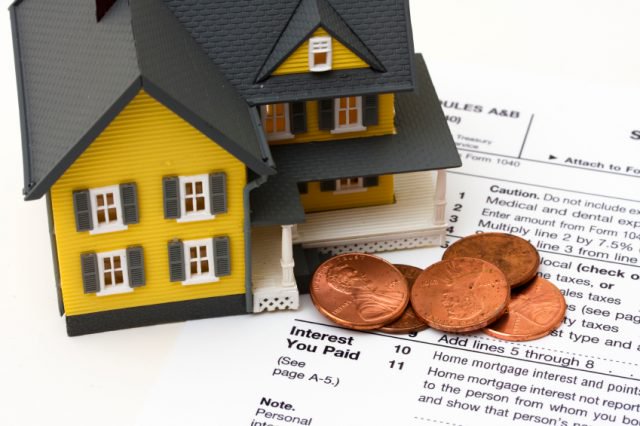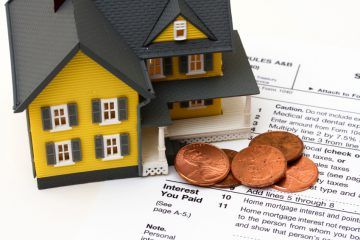It is believed that the property market will see a rush of buy-to-let investors and second home buyers purchasing property before the increase in Stamp Duty in April. However, experts also warn that existing landlords may sell their portfolios.
In his Autumn Statement, Chancellor George Osborne announced that buy-to-let investors and second home buyers will pay much higher Stamp Duty costs from April next year – they will be charged an additional 3% on existing rates.
For those buying a £400,000 property, Stamp Duty will rise from £10,000 to £22,000 and from £5,000 to £14,000 on a £300,000 house.
More expensive properties will incur tens of thousands of pounds in extra tax.
The Association of Residential Letting Agents (ARLA) believes the additional tax will have a disastrous effect on the private rental sector. It believes that the increase will deter new landlords from entering the market, worsening the shortage of properties to let and pushing up rent prices.

What Will Stamp Duty Changes Mean for London Landlords?
Head of Residential Research at Savills, Lucian Cook, claims that the areas of London already hit by Stamp Duty increases introduced a year ago will be among the most impacted by the latest rise.
He adds: “The likelihood is that this will further suppress transactions and prices in the prime central London market, given the extent to which this market has been supported by purchases from second homeowners and investor-buyers.”1
However, in the short-term, Cook says it is highly likely that some landlords will bring forward their planned purchases before the April deadline.
To avoid paying the additional tax, landlords and second home buyers must, in most cases, have to complete their purchase before 1st April 2016. However, off-plan buyers, which exchanged before the Autumn Statement and won’t complete until after 1st April, will not have to pay the extra charge, according to the Treasury.
Mortgage broker John Charcol’s Ray Boulger believes that with four months before the changes take effect, there could be a rush to buy, as “anyone already thinking of purchasing a buy-to-let or second home will start actively looking”.
However, he warns that this short-term rise in demand could temporarily drive up prices, before they drop again when the charge is enforced: “Buyers need to be careful that price falls after April don’t wipe out the 3% saving they make by rushing to buy now.”
The next few months could also experience a surge in landlords selling their portfolios, notes Rachael Griffin, of investment firm Old Mutual Wealth. The rise in Stamp Duty could be “the final nail in the coffin” for some investors, she warns, following the previous announcement to cut buy-to-let mortgage interest tax relief.
Unlike homeowners, landlords can offset mortgage interest against their rental income to reduce their tax bill. However, the summer Budget revealed that tax relief will be cut to the 20% basic rate, which will be phased in from April 2017.
Although this reduction is expected to raise more than £1 billion in tax by 2021, it could cause some landlords to make a loss.
Additionally, the wear and tear allowance is being revised from April and an earlier deadline for paying Capital Gains Tax (CGT) is due to be implemented.
Boulger comments: “Combining the other tax changes with the 3% Stamp Duty surcharge, it’s easy to see this is an attack on small landlords. Inevitably, some will sell out or not expand their portfolios.”
He also believes that there could be further tax changes for landlords in the future: “Chancellors rarely stop at the first bite of the cherry.”1
The Treasury will now consult on the details of the Stamp Duty increase, including a possible exemption for firms with large portfolios of rental property.
Experts also hope for a number of grey areas to be clarified, such as the tax on those who temporarily own two properties because they are bridging and of unmarried couples that buy an investment property.
How will all of these financial changes affect your buy-to-let business? Use our Stamp Duty calculator to see how much you will be charged on a new property purchase: /calculator/
1 http://www.homesandproperty.co.uk/property-news/will-stamp-duty-hike-turn-buy-to-let-into-buy-to-fret-in-the-capital-a93436.html








